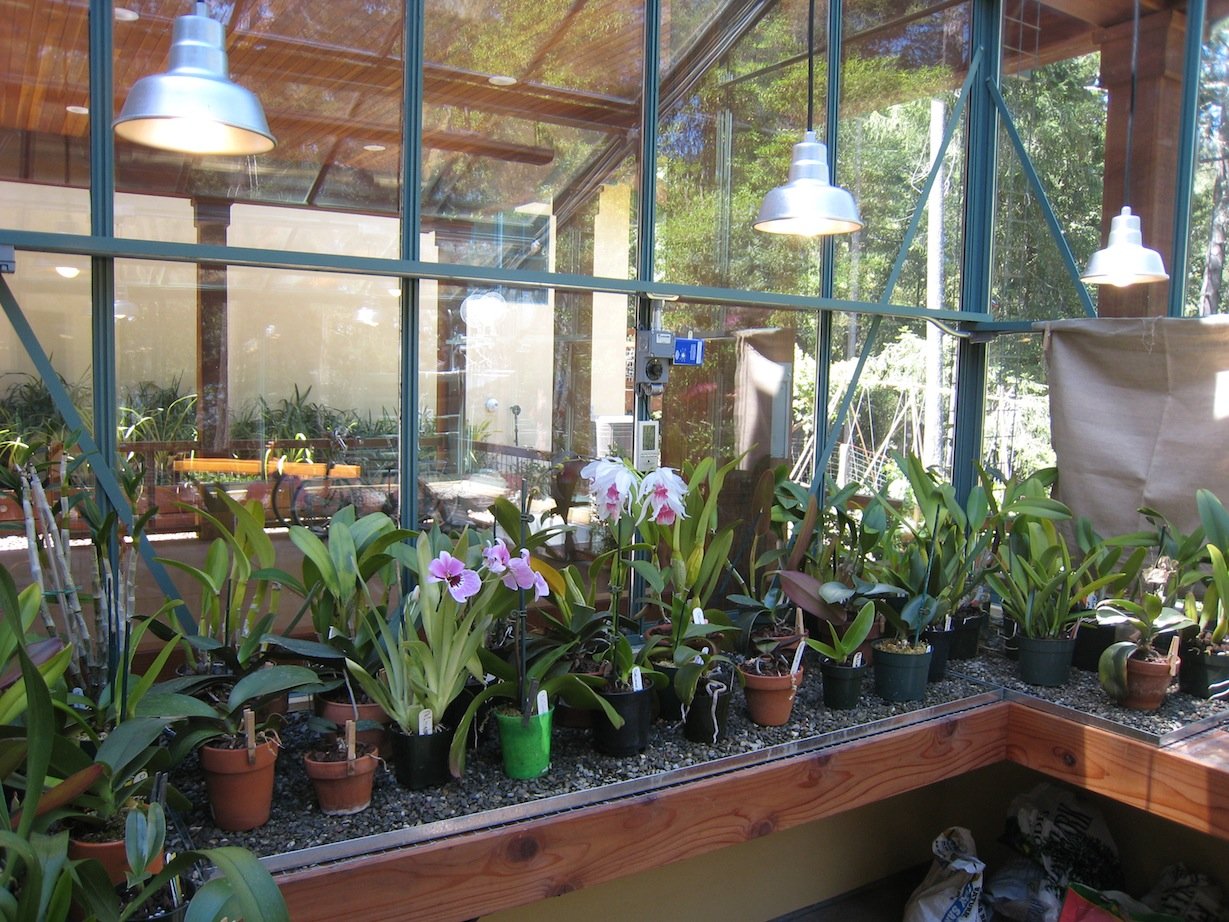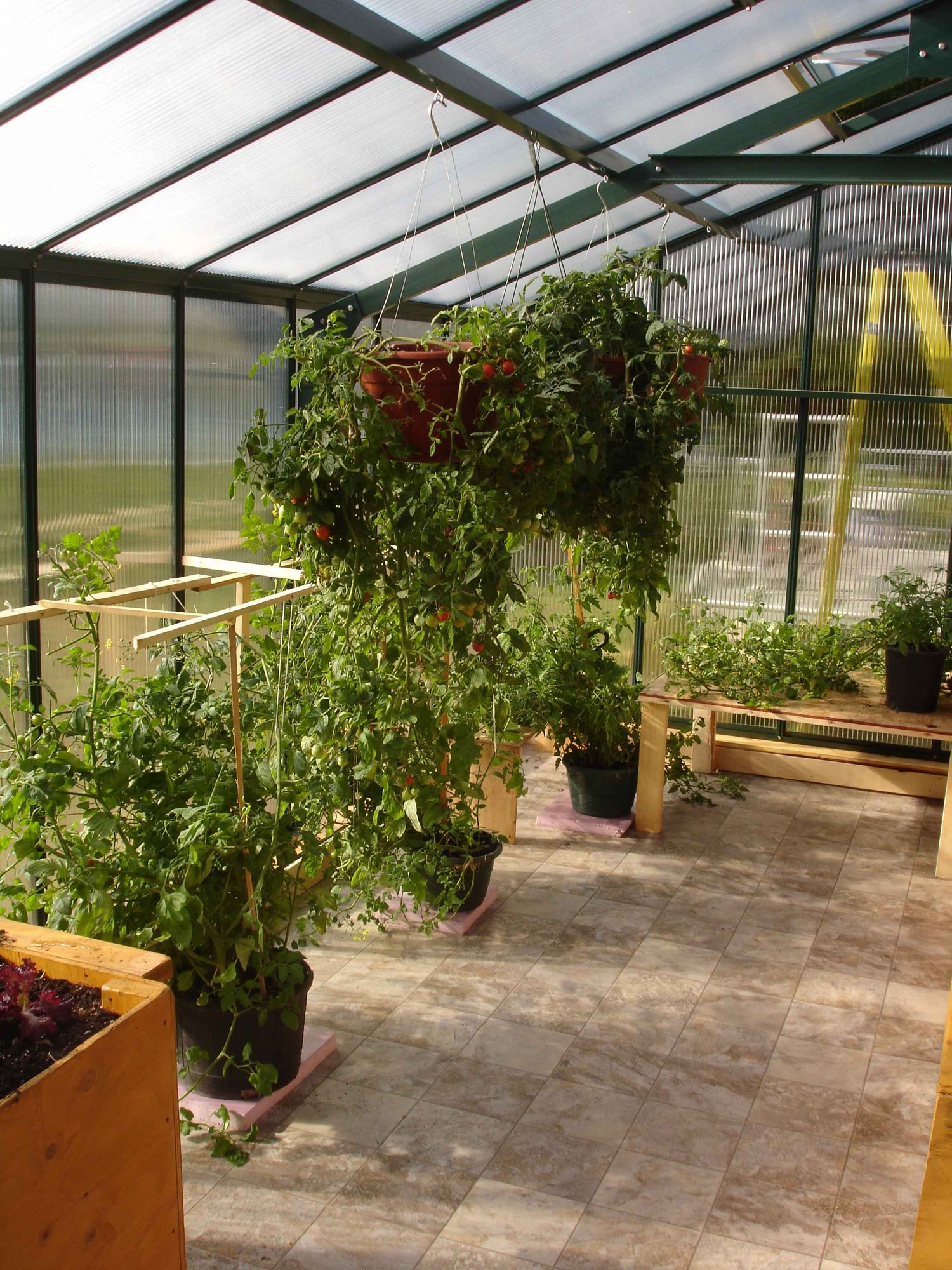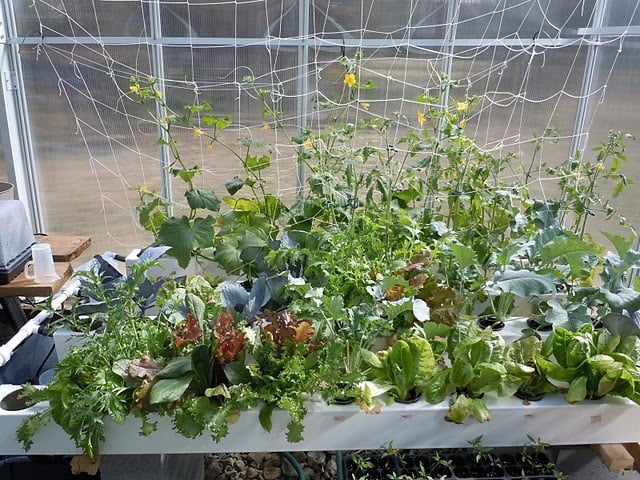Quick Answer:
You can grow more in every square foot by dividing your greenhouse into vertical and horizontal zones—utilizing floor, bench, wall, and ceiling space with hanging baskets, tiered shelving, trellises, and container gardens. What are the best space-saving strategies for small greenhouses? Consider soilless systems like hydroponics, train climbing plants vertically, and use modular, bolt-on features to efficiently scale your layout for high yield—even in an 8x8 greenhouse.
If you're dreaming of growing your own food but worried your space is too small, you're not alone. Every week, we hear from new gardeners who want to grow fresh fruits and vegetables, expanding their growing season, or overwinter plants—but aren't sure if a compact greenhouse can truly deliver.
Here's the good news: With a smart setup, even an 8x8 greenhouse can yield hundreds of pounds of produce per year. Whether you're growing greens to supplement your grocery bill or creating a garden sanctuary in your backyard, these space-saving strategies will help you grow more in every square foot.
Think Vertically and Horizontally: Use Every Quadrant
A BC Greenhouse Builders, our greenhouses are built with an built-in bolt track system that lets you customize your setup with shelves, hooks, lights, and more.
Think about your greenhouse in four growing zones:
1. Floor Space
Think beyond standard pots. Use grow bags, barrels, or even raised crates for deep-root crops like carrots and beets. Place taller containers near walls to preserve access to the rest of your space.
2. Bench Space
Ideal for seed starting, microgreens, and herbs. Add adjustable shelves or tiered setups to multiply your surface area. Supplement with grow lights during low-light months.
3. Wall Space
Add hooks or bolt-on accessories to support lightweight planters, vertical grow towers, or hanging tools. Trellises can be mounted here for vining crops.
4. Ceiling Space
Use hanging baskets for strawberries, cherry tomatoes, or flowers that attract pollinators. Also a smart place to mount overhead irrigation or lighting if needed.
We design each model to make these growing zones accessible and efficient—especially for smaller greenhouses like our 8x8 Sunhaven greenhouse.
Did you know? The Sunhaven Greenhouse can yield hundreds of pounds of food annually with the right layout and planting plan.
1. Hanging Baskets: Make the Most of Overhead Space
If floor space is tight, the ceiling is your best friend. Every Cross Country Greenhouse we build includes roof framing bars that can hold up to 50 pounds. The means 4-6 hanging baskets with cherry tomatoes, strawberries, or compact pepper varieties.
Quick Tips:
- Focus on compact, lightweight crops like strawberries, cherry tomatoes, or herbs to avoid overloading the support bars.
- Use our eyebolts in the bolt tracking system to adjust basket placement easily.
- Keep a step stool or long-handled watering tool nearby to make maintenance easier at ceiling height.
2. Build off the Bench: Seed Starting Success
Benches serve as the central hub of greenhouse growing, especially for early-stage plants and quick-growing crops. They offer a clean, elevated space to organize your work while also supporting tiered growing systems that multiply your surface area.
Use benches to start seeds, propagate cuttings, and grow small potted plants like herbs, leafy greens, or microgreens. Their height also makes them ideal for staging more sensitive crops with supplemental care, such as lighting or heat.

Bench Setup Ideas:
- Install tiered or adjustable shelving to accommodate seedlings and maturing plants with different height requirements.
- Add full-spectrum grow lights above benches for consistent lighting, especially in early spring or low-light regions.
- Place seedling heat mats or insulated trays on the surface for warm-season crops like peppers, tomatoes, or eggplant.
- Consider fold-down or mobile benches for flexibility as your greenhouse needs change throughout the year.
3. Don't Overlook the Floor
The floor of your greenhouse isn't just a walkway—it's prime real estate for productive growing. Often underutilized, this area is perfect for container crops, seasonal rotation, and passive climate control.
Containers, barrels, and grow bags can be lined along the floor beneath benches or in open areas to grow deep-rooted vegetables and cool-weather crops. It’s also a strategic zone for placing tender plants during colder seasons, where heat tends to collect and linger longer near ground level.

Smart Ways to Use Floor Space:
- Line deep containers with root crops like carrots, beets, or parsnips, especially near walls to create thermal buffering.
- Use shallow trays for leafy greens or quick crops like arugula and spinach in between larger containers.
- Position a portable heater or use thermal mass (like water barrels) near cold-sensitive plants for winter protection.
- Consider laying down greenhouse-safe mats or insulation to reduce heat loss and provide a more stable root-zone temperature.
- Rotate crops seasonally to make the most of your greenhouse’s microclimates year-round.
4. Train Vines to Climb
When floor and bench space are limited, climbing crops can turn your vertical space into a thriving garden wall. Your greenhouse’s framing bars and walls provide natural supports for vertical gardening, making them ideal for vining crops like tomatoes, cucumbers, beans, peas, and even squash varieties with compact vines.
.jpg?width=2000&height=1333&name=Gable%20Attached%20(1).jpg)
Use the included eyebolts to string up twine, trellis netting, or wire supports that guide plants upward. This setup improves airflow, reduces disease, and makes harvesting easier.
Vertical Growing Tips:
- Choose indeterminate or vining varieties of crops for better vertical performance.
- Stagger plant placement along sidewalls to prevent overcrowding and maximize light.
- Use soft plant ties, tomato clips, or Velcro strips to gently support stems without damage.
- Integrate a drip irrigation line or misting system along your vertical supports to simplify watering.
- Consider companion planting—use lower-growing herbs at the base of tall vines to fully utilize the space.
5. Go Soilless: Hydroponics & Aquaponics
If you're looking to truly maximize your greenhouse productivity, hydroponics and aquaponics offer innovative alternatives to traditional soil growing. These systems use water-based nutrient delivery to grow plants faster and in tighter spaces, making them ideal for leafy greens, herbs, and even compact fruiting crops like tomatoes or peppers.
Hydroponics is a soilless method where plant roots are suspended in nutrient-rich water, allowing for precise control over growing conditions. Aquaponics takes this a step further by integrating fish into the system—their waste fertilizes the plants, and the plants help purify the water for the fish.

Benefits of Soilless Systems:
- Faster growth and higher yields compared to soil-based growing
- Reduced water usage with recirculating systems
- Fewer pests and diseases from soilborne sources
- Compact, modular setups are ideal for small greenhouses
How to Get Started:
- Start with a countertop or bucket-based hydroponic kit to grow herbs and leafy greens
- Explore systems like Deep Water Culture (DWC) or Nutrient Film Technique (NFT) as you scale
- For aquaponics, pair hardy fish like tilapia or goldfish with nitrogen-loving plants such as lettuce or basil
- Use BC Greenhouse’s bolt track system to mount trays, tubing, and lights in your setup
Many of our customers use these methods to boost production, reduce soil costs, and experiment with year-round growing in smaller spaces. If you're curious, we're happy to recommend starter kits or walk you through setup options.
Ready to Start Planning?
Your greenhouse should work as hard as you do. Whether you're working with an 8x8 starter model or a custom design, these strategies will help you maximize your growing space and yield.
Request a free catalog to explore greenhouse models, features, and layout inspiration.
Still unsure? Book a free virtual site visit call with one of our greenhouse consultants and get personalized advice on how to build your perfect growing environment.
Let’s make 2025 your most productive gardening season yet.











